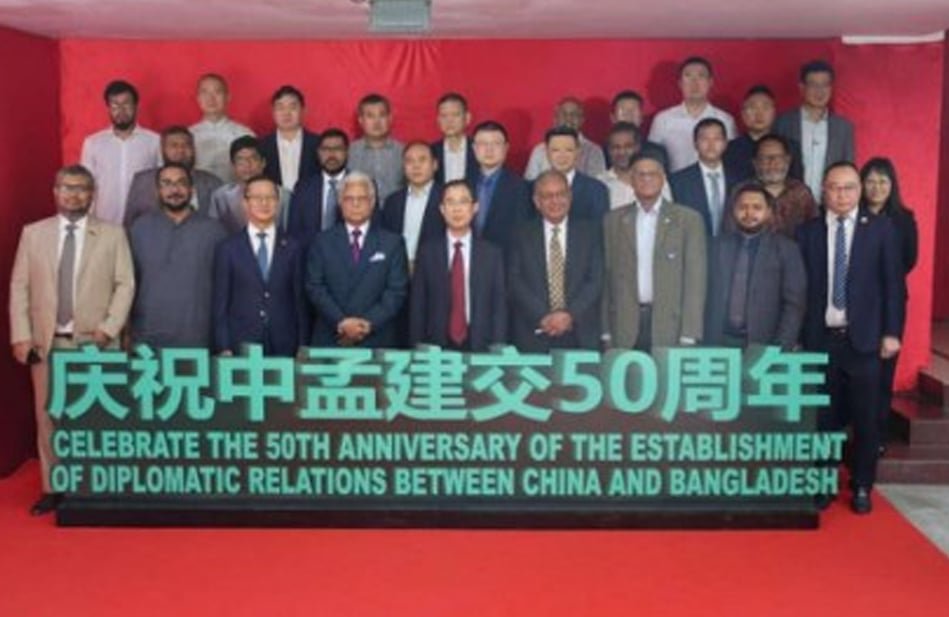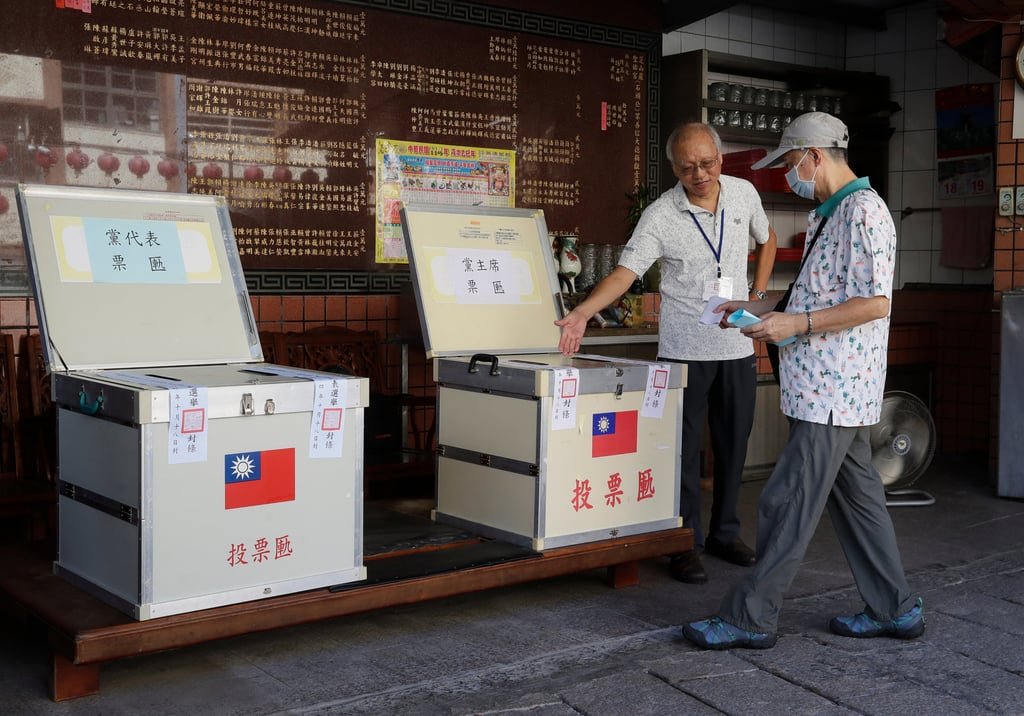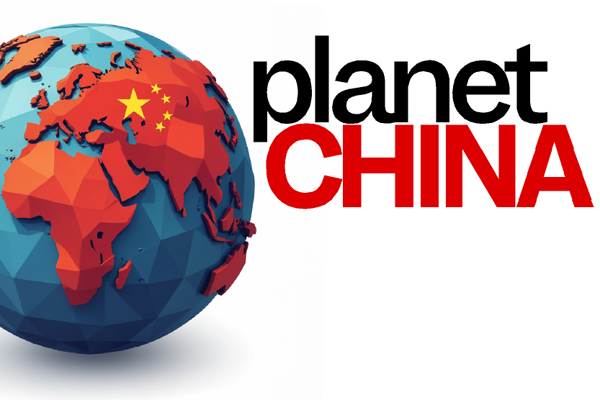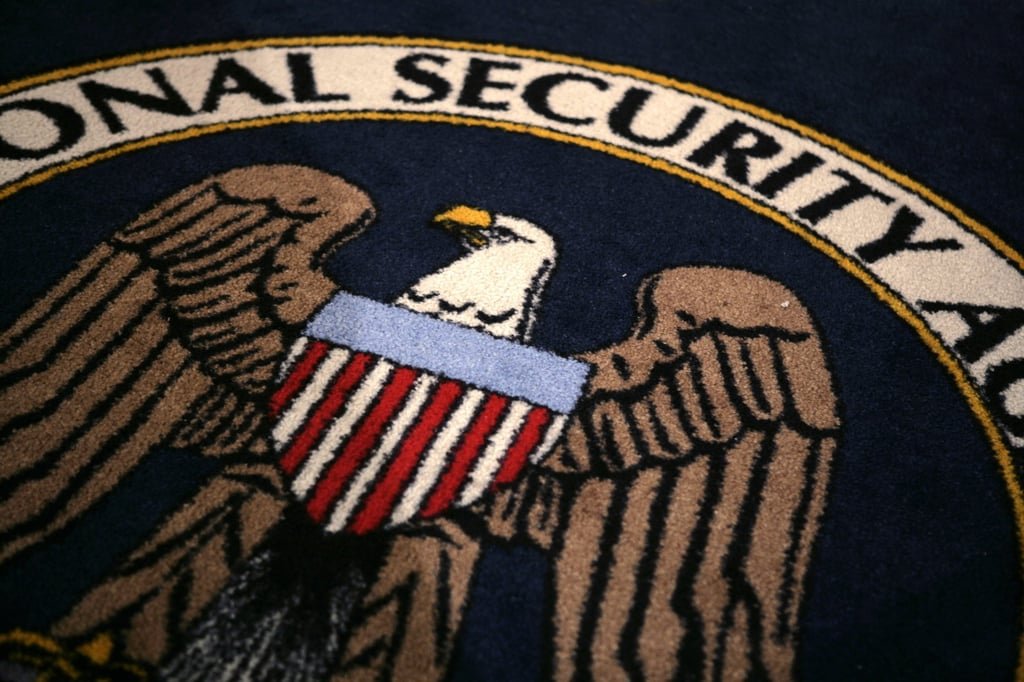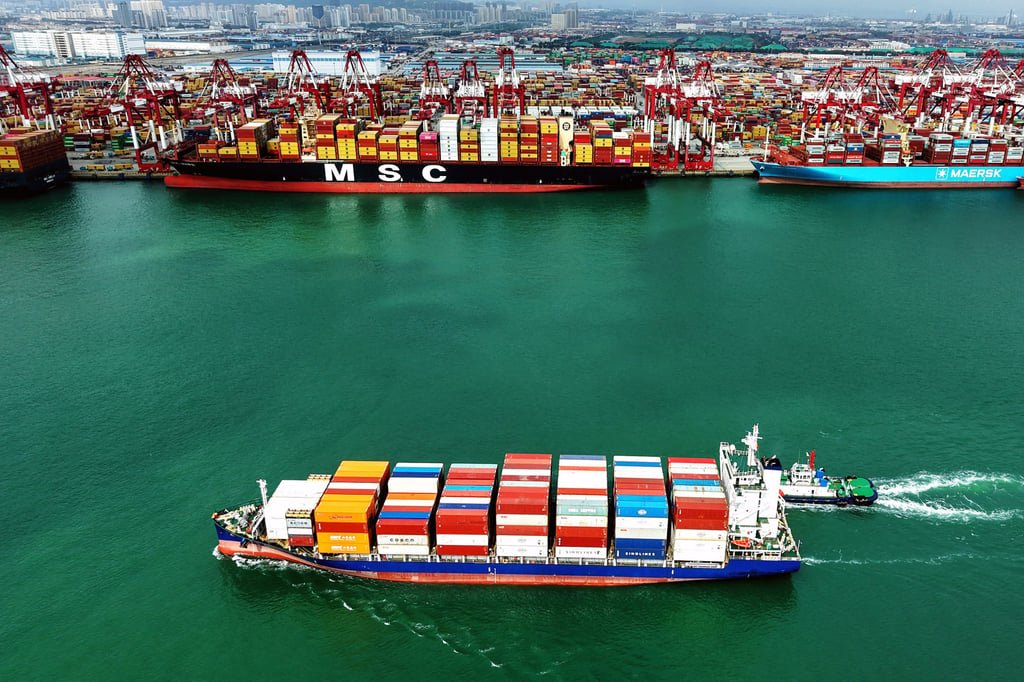Faisal IslamEconomics editor

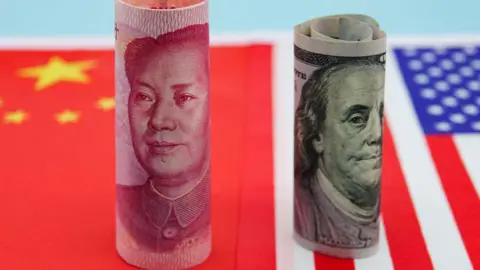 Getty Images
Getty ImagesThere is an eerie emptiness at the seat of US economic power.
The US Treasury is in shutdown like much of the federal government.
Most staff are furloughed as the world’s finance ministers and bankers jet in for the International Monetary Fund annual meetings a few blocks away, their delayed flights handled by a small number of unpaid air traffic controllers.
There is, however, one clear message the Trump administration is notably keen to get out, not so much for its domestic audience but for the bewildered world outside.
And they delivered it in the middle of last week to a small number of people ushered into the Treasury and what is said to be the finest room in Washington DC, the ornate and marbled Cash Room, which hosted the inaugural reception for post-civil war president, Ulysses Grant.
“Make no mistake,” said Treasury Secretary Scott Bessent alongside Trade Ambassador Jamieson Greer, as they fired the latest salvo in the ongoing 2025 global trade war. “This is China versus the world.”
This simple message connects several extraordinary economic currents swirling around the world right now.

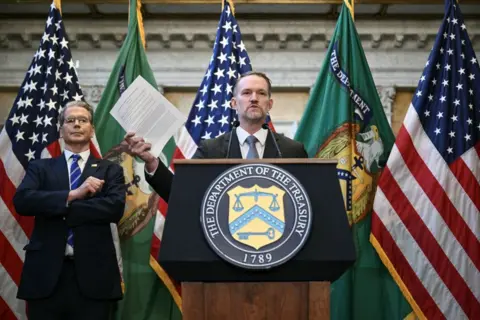 Getty Images
Getty ImagesThey include China’s new export controls on critical minerals, fears of an AI bubble bursting, the tariff chaos and even the development of an erotic chatbot by OpenAI.
The world always seems to tilt a little on its axis in the two weeks a year that top bankers and finance ministers mass in Washington DC for their meetings at the IMF.
It is rare that the host itself is the main source of upheaval. Normally it would be a developing country, or perhaps the eurozone in the 2010s and infamously the UK in 2022.
The decisions and uncertainty arising from US trade policy, dizzying markets and decisions over its interest rates, loom large.
The inescapable signal being sent by the two most powerful US trade negotiators as they spoke to a small group of media in the Treasury’s Cash Room was that China last week fired perhaps its most potent weapon yet by dramatically increasing restrictions on the trade of rare earth components.
These are critical to the production of high-tech goods ranging from electric cars to military hardware.
Bessent called the move a “Chinese chokehold” on the world.
China’s “sweeping expansion” of export controls on rare earth elements and equipment, as well as electric vehicle battery tech, industrial diamonds and super hard materials is “an exercise in economic coercion on every country in the world”, said Greer.
This accusation is being made as his own boss, President Donald Trump, attempts to redraw global trade relations by using tariffs to eliminate US trade deficits.
He may have produced what is the toughest tariffs system the world has seen since 1933 but the disruption it has caused has been surprisingly muted so far.
The biggest economy on the planet is now behind a significant tariff wall but it’s yet to feel the impact, partly thanks to a wealth boom built on some rather frothy tech valuations.
The conclusion to take from that is either the world economy is more shock absorbent than thought or it is just a matter of timing, with the real pain ahead.

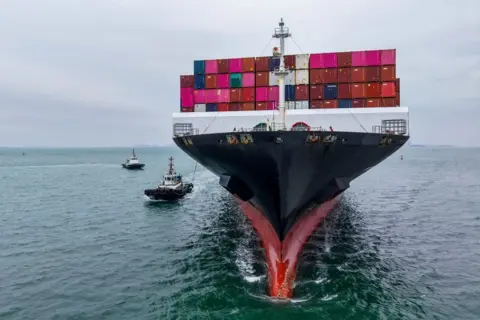 Getty Images
Getty ImagesCompanies exporting to the US have swallowed the cost of tariffs, which are effectively import taxes, in their profit margins. But is that only for the time being?
The wall of tariffs that the US has built around its economy has led to more trade, for example, from China to Europe and Africa.
The US itself has been protected, for now, from the profound uncertainties, higher prices and domestic living standards impacts of the tariffs and the 10% fall in the value of the dollar.
Some insulation has come from booming AI tech sector share valuations, creating a profound wealth effect in certain households across the US, calculated by JP Morgan economists as worth $180bn per year.
The thin line between boom and bubble is impossible to calculate. Sometimes, it can be felt.
I was standing outside the Nasdaq in New York’s Times Square, where the high tech market which symbolises US private sector tech ascendancy publicises its latest IPOs (stock launches) to the world.
One of the dozens of funds which raises real cash to plough into crypto, joyously “rang the opening bell”, despite their share price already having slumped.
The executives then filed out into the Square to watch a giant video of themselves ringing the bell, among confused tourists. In fact, inside the Nasdaq, there is no bell, or trading floor either, just a bank of futuristic screens. Is it just hubris?
Another screen reminds us it is the 20th anniversary of the Nasdaq flotation of another tech company which went public here, now worth $3tn, Google.
This week, OpenAI’s Sam Altman revealed that ChatGPT was developing chatbot erotica options.

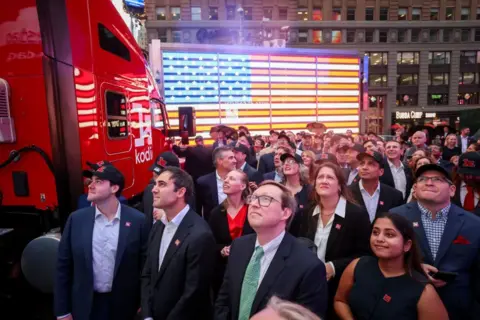 Getty Images
Getty ImagesThis comes at a time when analysts are taking a hard look at firms like Altman’s which have emerged at the front of the pack in the AI race.
A raft of convoluted deals where major US firms including chipmakers are investing in their own suppliers and vice versa has raised eyebrows further about the potential that the billions being poured into data centres, AI start-ups and cutting-edge manufacturing plants could be fuelling an ever-growing bubble.
So are the Chinese trying to weaponise these fears that it’s all about to burst?
This is what Jamieson Greer seemed to suggest when he said the Chinese export controls on minerals critical to many important semiconductors gives Beijing control over the entire global economy and the technology supply chain which powers the very firms that could be keeping the US economy afloat.
“This will impact artificial intelligence systems and high tech products,” he said.
Bessent also joined in, saying US media reports that China was playing hardball and was prepared to use financial markets to hurt the US was like “taking dictation” from the Chinese communist party. He went on, unusually, to accuse a named Chinese negotiator of going rogue.
None of this seems like a game of chess.
This is not carefully considered maestros thinking out their strategies, six moves ahead of time. This is more like playing pool by smashing the balls indiscriminately around the table, and then attempting to break the cue, or the table, or both.
Tariffs, counter-tariffs and export controls amount to mutually assured destruction manoeuvres which are cloaked behind the general assumption that President Trump will always pull back from the brink. The more that is baked in, the higher the risk of a shock.
In this situation, it is sensible game theory to look for allies.

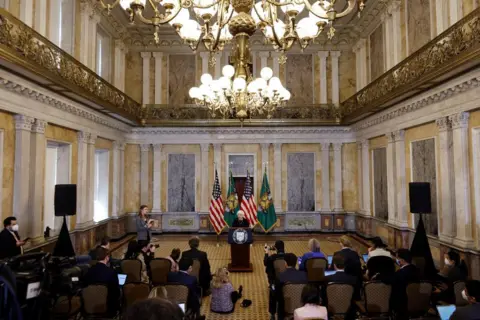 Getty Images
Getty ImagesThe China moves would affect the whole world, including Europe. UK Chancellor Rachel Reeves and other leading European finance ministers told me they would work with global partners to ensure the supply of these rare earth materials.
Reeves pointed to work with Canada especially on developing alternative supply chains. The US is now reopening mines, and refining facilities. Chinese dominance here is decades in the making, however.
At times like this, it is also fair to say there is some divergence between the public words of diplomacy and what is being said in private.
There was frustration and bafflement behind the scenes directed at the US for having liberally sprayed tariffs in all directions while asking the world to focus on China’s trade distortions.
“It’s hard to tell friend from foe,” said one G20 finance minister.
“The Americans are basically trying to corral the rest of the world against China, using everything as leverage against China,” one senior G7 official told me.
This climate of suspicion breeds uncertainty and the world’s smaller central banks are ploughing their money into the so-called safe haven of gold for a reason, sending it to new records.
Back at the US Treasury Cash Room, where there is a lot of gold detail in the seven types of marble, there is another telling statement from US Treasury Secretary Bessent.
He sees the US going through a 1990s-style high-tech productivity boom. “That’s the most analogous period to what we’re seeing now.”
In the coming weeks he will help choose the new chair of the US Federal Reserve in the mould of 1990s Alan Greenspan, who famously accommodated the run-up of the dotcom boom with low interest rates, considered by some to have contributed to the financial crash. Bessent has been rereading Greenspan’s biography Maestro.
But in the 1990s the world’s second biggest economy was not taking steps to interrupt the new tech supply chain and there was not a constantly rolling threat of more tariffs from China and the US.
These are centrifugal forces shaping the uneasy calm in the world economy.
The Road Runner moment has happened. Like the cartoon character, having headed off the edge of a cliff, global trade is defying gravity momentarily but the running has kept going, and even sped up.
The world’s finance ministers on their field trip to Washington have had to assume the world economy will muddle through this.
It doesn’t mean it will.

